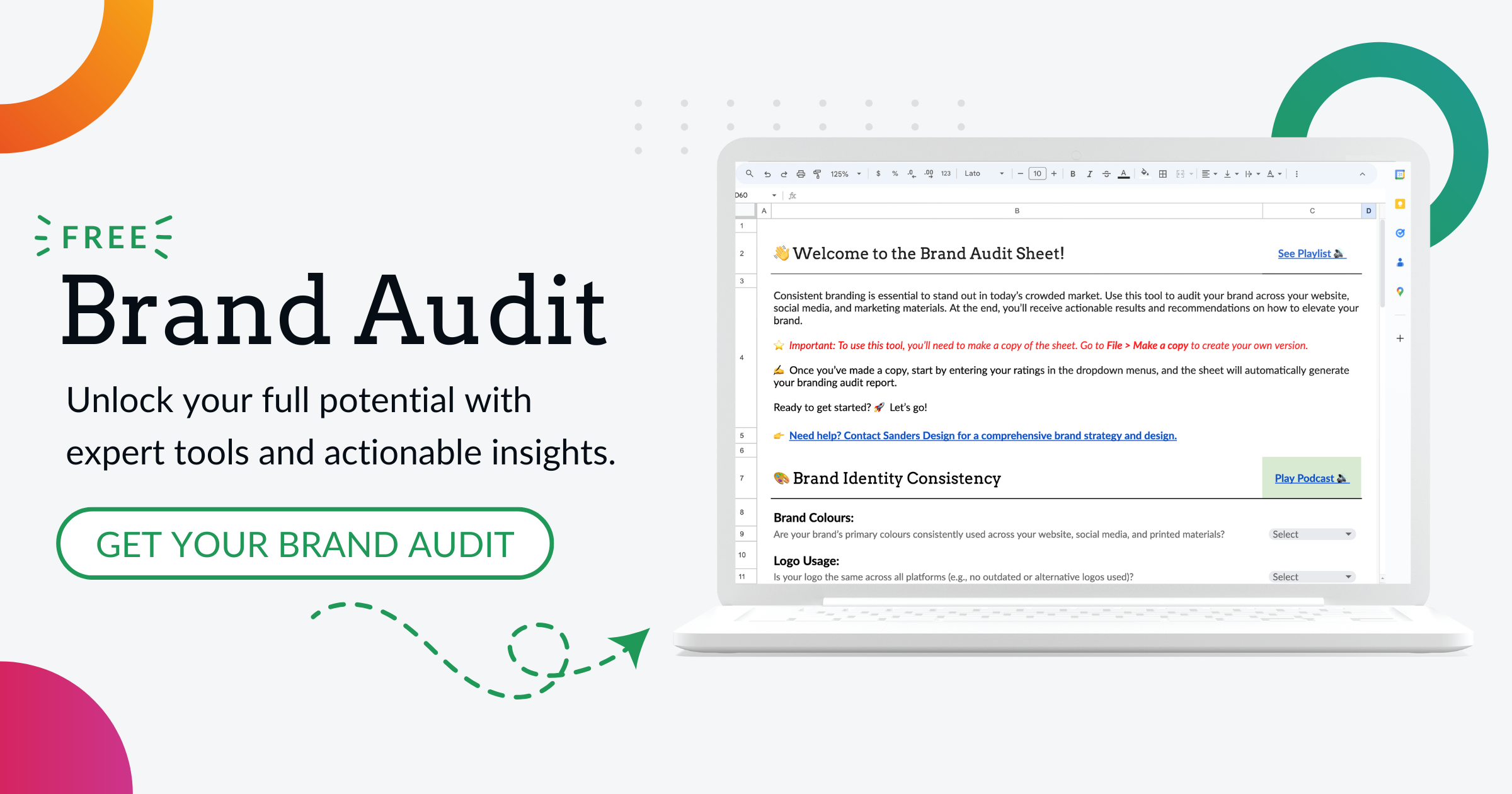Enhancing Your Online Presence with Web Design in Hazel Grove

A well-crafted website is more than just visuals; it’s a powerful tool for businesses in Hazel Grove looking to establish a strong online presence. In this post, we’ll explore the pivotal role of user experience (UX) and user interface (UI) design in creating a website that not only attracts visitors but also converts them into loyal customers.
From the seamless navigation of UX to the visual appeal of UI, these elements work in harmony to create an engaging and effective online experience. Dive into the essentials of web design, discover the importance of SEO, and learn how responsive design, social media integration, and e-commerce features can elevate your site and drive your business forward.
The Power of UX and UI Design for User Engagement
User experience (UX) and user interface (UI) design are two critical components that can make or break your website’s effectiveness. UX focuses on the overall experience a user has while interacting with your site, encompassing everything from navigation to content accessibility. A positive user experience ensures that visitors can easily find what they’re looking for without frustration.
This involves understanding your audience’s needs and preferences, which can be achieved through user research and testing. By prioritising UX in your web design process, you create an environment where users feel comfortable and valued, ultimately leading to higher engagement rates and conversions. On the other hand, UI design deals with the specific elements that users interact with on your website, such as buttons, forms, and menus.
A well-designed UI is visually appealing and intuitive, guiding users seamlessly through their journey on your site. It’s essential to strike a balance between aesthetics and functionality; while beautiful design can attract visitors, it must also serve a purpose. For instance, clear call-to-action buttons should stand out and be easy to locate, encouraging users to take the desired actions.
By investing time and resources into both UX and UI design, you create a harmonious online experience that not only captivates visitors but also keeps them coming back for more.
Incorporating Search Engine Optimisation (SEO) into Your Web Design
Search engine optimisation (SEO) is an integral part of web design that cannot be overlooked if you want to increase your online visibility. SEO involves optimising various elements of your website to improve its ranking on search engine results pages (SERPs). This includes keyword research, on-page optimisation, and creating high-quality content that resonates with your target audience.
By incorporating SEO best practices into your web design from the outset, you set the foundation for attracting organic traffic to your site. This is particularly important for small businesses in the UK that may not have large marketing budgets; effective SEO can level the playing field and help you compete with larger companies. Additionally, SEO is not just about attracting visitors; it’s also about ensuring that those visitors find what they’re looking for once they arrive at your site.
This means creating a logical site structure that makes it easy for search engines to crawl and index your pages. Elements such as meta tags, alt text for images, and internal linking all play a role in enhancing your site’s SEO performance. Furthermore, regularly updating your content with relevant keywords can keep your site fresh in the eyes of search engines.
By prioritising SEO in your web design strategy, you not only improve your chances of being discovered online but also enhance the overall user experience by providing valuable content that meets their needs.
Utilising Responsive Design for Mobile Compatibility

With the increasing use of smartphones and tablets for browsing the internet, responsive design has become essential for any modern website. Responsive design ensures that your site adapts seamlessly to different screen sizes and devices, providing an optimal viewing experience for all users. This is particularly important in the UK market, where mobile usage continues to rise.
If your website isn’t mobile-friendly, you risk alienating a significant portion of your audience who may struggle to navigate or engage with your content on smaller screens. A responsive design not only enhances usability but also positively impacts your SEO rankings, as search engines favour sites that provide a good mobile experience. Moreover, responsive design allows you to maintain a consistent brand image across all devices.
Whether users are accessing your site from a desktop computer or a smartphone, they should have a similar experience that reflects your brand’s identity. This consistency helps build trust and recognition among your audience. Additionally, responsive design can save you time and resources in the long run; instead of managing separate websites for desktop and mobile users, you can streamline your efforts by focusing on one adaptable site.
By embracing responsive design principles, you ensure that your website remains accessible and engaging for all users, regardless of how they choose to connect with you.
Integrating Social Media and Online Marketing Strategies
In today’s interconnected world, integrating social media into your web design is crucial for maximising your online presence. Social media platforms provide an excellent opportunity to engage with your audience and drive traffic back to your website. By incorporating social media buttons and feeds directly into your site, you encourage visitors to share your content and connect with you on various platforms.
This not only increases brand visibility but also fosters community engagement, allowing you to build relationships with potential customers. Additionally, showcasing user-generated content from social media can enhance credibility and create a sense of authenticity around your brand. Furthermore, online marketing strategies such as email marketing and content marketing should be woven into the fabric of your web design.
For instance, including sign-up forms for newsletters or special offers can help you capture leads directly from your site. By providing valuable content through blogs or resources linked to social media campaigns, you can establish yourself as an authority in your industry while driving traffic back to your website. The synergy between social media and online marketing strategies creates a holistic approach that not only attracts new visitors but also nurtures existing relationships with customers.
By leveraging these tools effectively within your web design, you position yourself for sustained growth in an ever-evolving digital landscape.
Incorporating E-commerce and Online Payment Solutions

For businesses looking to expand their reach beyond traditional brick-and-mortar stores, incorporating e-commerce capabilities into their websites is essential. E-commerce allows you to sell products or services directly online, providing convenience for customers who prefer shopping from home. By integrating platforms like WooCommerce into your WordPress site, you can create a seamless shopping experience that includes product listings, shopping carts, and secure payment options.
This not only enhances customer satisfaction but also opens up new revenue streams for small businesses in the UK looking to tap into the growing online market. Moreover, offering various online payment solutions is crucial for catering to diverse customer preferences. From credit card payments to digital wallets like PayPal or Apple Pay, providing multiple options can significantly reduce cart abandonment rates and increase conversions.
It’s also important to ensure that your e-commerce site is secure; implementing SSL certificates and adhering to data protection regulations will help build trust with customers who may be hesitant about sharing their financial information online. By prioritising e-commerce functionality within your web design strategy, you empower customers to shop effortlessly while positioning your business for success in the competitive online marketplace.
The Benefits of Regular Website Maintenance and Updates
Regular website maintenance is often overlooked but is vital for ensuring that your site remains functional and relevant over time. Just like any other aspect of your business, your website requires ongoing attention to keep it running smoothly. This includes updating software plugins, fixing broken links, and ensuring that all features are working correctly.
Neglecting these tasks can lead to poor user experiences, which may drive potential customers away. Additionally, search engines favour websites that are regularly updated; by maintaining an active online presence through fresh content and updates, you improve your chances of ranking higher in search results. Furthermore, regular updates allow you to stay ahead of industry trends and technological advancements.
As consumer preferences evolve and new tools emerge, adapting your website accordingly ensures that you remain competitive in the market. This could involve redesigning certain elements based on user feedback or incorporating new features that enhance functionality or aesthetics. Regular maintenance also provides an opportunity to analyse website performance through analytics tools; understanding user behaviour can inform future design decisions and marketing strategies.
By committing to ongoing maintenance and updates, you not only protect your investment but also create a dynamic online presence that resonates with users and drives business growth over time.
If you’re interested in exploring more about web design and how it can impact your business, you might find the article on “Web Design in Torpoint” quite enlightening. It discusses various aspects of web design that can help enhance your online presence. For more detailed insights, you can read the full article here: Web Design in Torpoint. This resource is particularly useful for those looking to understand how strategic design can improve user experience and engagement on their websites.


Author: Martin Sanders
I empower businesses to connect with their customers and boost sales. Ready to take your revenue to new heights? Get in touch with me today, and let’s make it happen!


